Table 2.
Different types of front-of-pack nutrition labelling schemes in use or under development in the WHO Eastern Mediterranean Region.
| Nature of Information Provided | Summary Indicator/Nutrient Specific | Tone | Examples | Comments |
|---|---|---|---|---|
| Interpretive (providing information as guidance to help consumers understand the relative healthiness of food products) |
Summary indicator | Positive | Tunisia: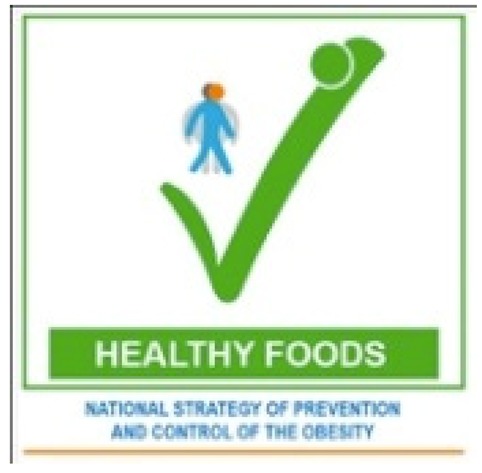 Abu Dhabi: 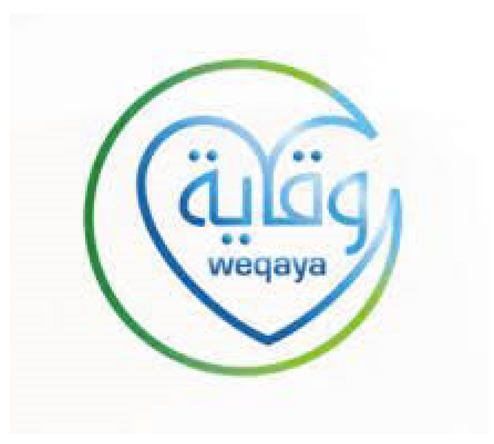
|
Logos which are positive summary indicators indicate healthier foods within categories. These are often referred to as endorsement or health logos (and these are often defined as ‘health claims’ rather than front-of-pack labelling). Tunisia is introducing a health logo label in the form of a tick. A health logo scheme, called Weqaya, has been implemented on a voluntary basis in Abu Dhabi since 2015. |
| Positive and negative | Under development in Morocco: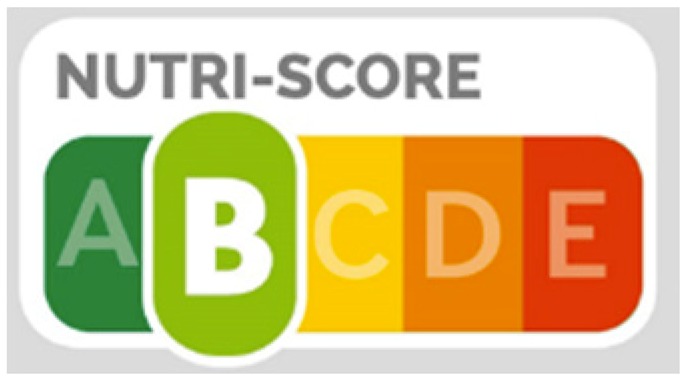
|
Summary indicators which cover both positive and negative elements give an overall rating of how healthy a food is. Morocco is conducting research studies to explore implementation of one summary indicator, Nutri-Score, under the Moroccan national 2017–2021 action plan for reducing consumption of salt, sugar and fat, and the national programme of nutrition. | ||
| Nutrient specific | Positive | In general, these are health claims, rather than nutrition labels. | ||
| Positive and negative | Islamic Republic of Iran: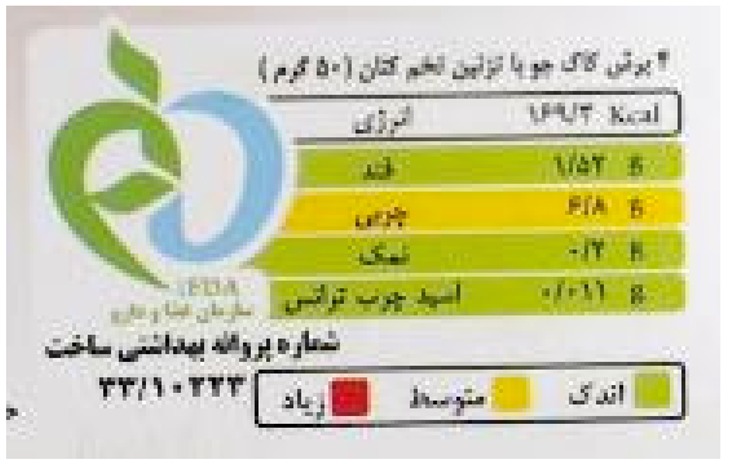 Kingdom of Saudi Arabia: 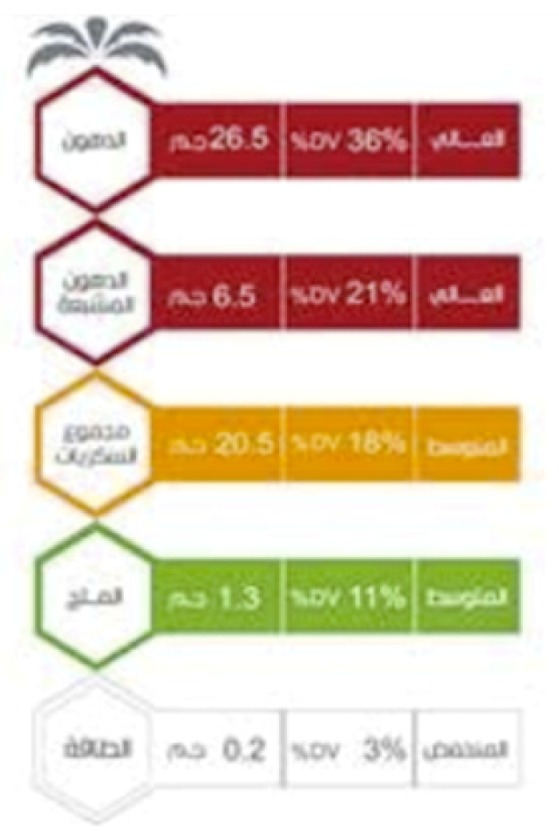
|
These schemes apply traffic light colour coding (red, amber, green) to several nutrients to indicate the relative healthiness of those nutrient levels. Iran introduced voluntary traffic light labels in 2014, and these have been mandatory since 2016. The Saudi Food and Drug Authority introduced traffic light labelling in 2018, initially on a voluntary basis. Implementation of traffic lights from 2020 has also been announced in the United Arab Emirates, initially on a voluntary basis, but becoming mandatory by 2022. | ||
| Negative | Nutrient specific negative labels are “warning labels”, as implemented in, for example, Chile. | No implementation of warning labels identified in the Eastern Mediterranean Region. | ||
| Informative (provide factual information, with no guidance on interpretation) |
Nutrient specific | These include labels which show the percentage of guideline daily amounts of particular nutrients provided by the food. They do not include any colour-coding or wording to help consumers interpret the information. | No implementation of government-led schemes which only provide such information has been identified in the Eastern Mediterranean Region | |
